I previously wrote roundups of what I felt were the best indie videogames released on the Switch in 2017 and 2018. It’s a year later now with a new year of indie releases not accounted for on that list, so I am curating this new list. I haven’t played every indie released on Switch in this time so this is not intended to be comprehensive or definitive. Your favorite indie’s absence is not a deliberate snub, but more likely means I haven’t played it yet. Of the indies I did play in 2019, these are the five I recommend as most worth your precious time and money.
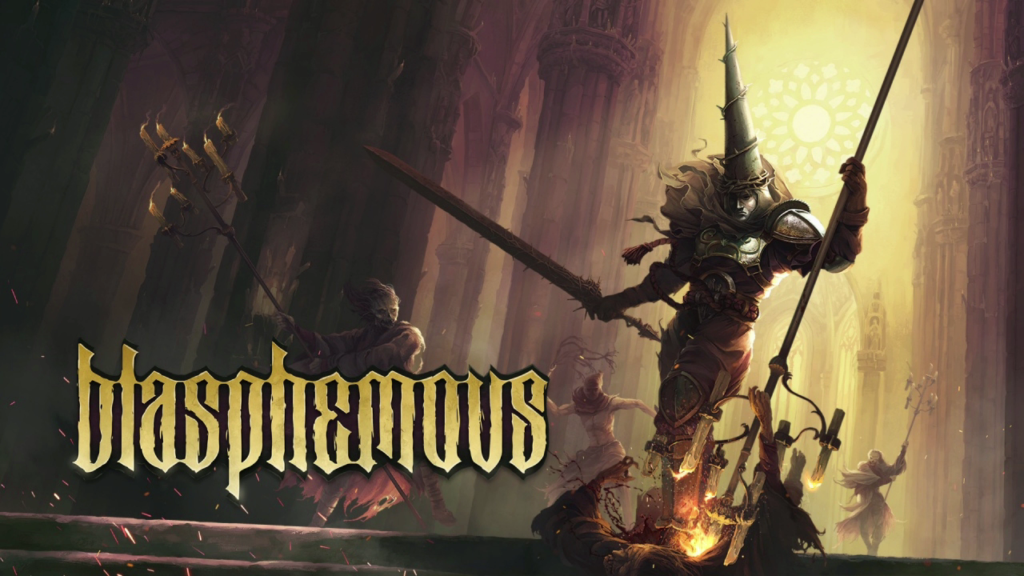
Blasphemous
The Game Kitchen/Team17 Digital Limited
$24.99 USD
Blasphemous is a side-scrolling Adventure Platformer with a strong Dark Souls influence. This description is as likely to elicit an eye roll as a hammer of the purchase button from any given reader, but Blasphemous has more going for it than well-trod design philosophy.
Following an event known as The Grievous Miracle, the people of Cvstodia find their sins are causing real bodily changes, turning the populace into horrors. The corrupt leaders of the Church receive the most horrifying transformations of all, twisted into monstrosities that rule over Cvstodia with equal parts zeal and brutality. Players guide The Pentinent One, the last survivor of a group of elite warriors, on a quest to put down these monsters and redeem their faith.
Blasphemous finds a strange middle-ground between inscrutability and accessibility. It’s as enigmatic as Dark Souls—you have to work to understand the lore—but has little of its exigence. Dodge-rolling and parrying are essential for success in its sword-based melee combat, but the timing windows for these feats are generous, making the combat look like Dark Souls but feel unlike it. What does feel like Dark Souls is an open-ended nature and buried secrets. Blasphemous trusts the player to stumble through Cvstodia on their own unique path and piece together its macguffins without guidance.
With gorgeous, Gothic-inspired pixel art, Blasphemous is a brutal and bloody videogame which more than earns its Mature rating. But it’s also a smart and memorable one that manages to elevate itself among the many, many also-rans in the rote Adventure Platformer genre.
Read my full Blasphemous review here.
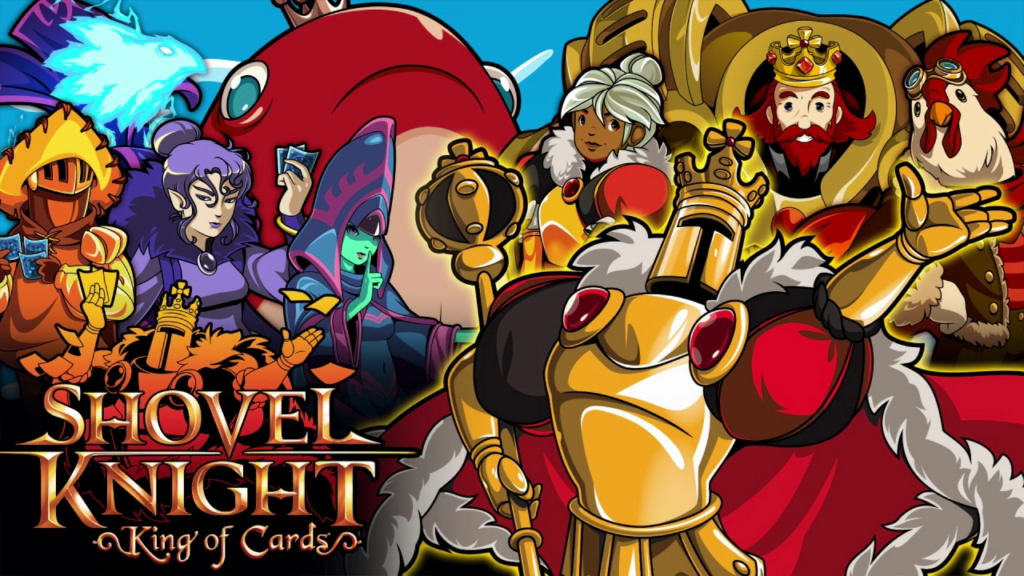
Shovel Knight: King of Cards
Yacht Club Games
$9.99 USD (Base)/$39.99 USD (Treasure Trove)
King of Cards is the final Kickstarter stretch goal released for Shovel Knight, one of the most successful Kickstarter campaigns of all time. Combining an aesthetic that hearkens back to the golden age of platformers with modern design sensibilities and technology, all four Shovel Knight campaigns are great introductions to younger players of the 2D platformers that helped videogames recover from the Crash of 1983 and nostalgic reminders to older players who grew up playing them.
The “hero” of King of Cards is the childish King Knight, a petulant brat on an evocative journey to power. King Knight wants to be a real king but does not want to get there the right way. He abandons his initial, legitimate attempt as soon as an easier path presents itself and betrays his supporters to reinforce his position when he achieves power.
As with the other three Shovel Knight campaigns, King of Cards brings unique mechanics to shared level design. King Knight is not the nimblest of the four playable Knights, but he makes up for it with a charging attack that sends him gliding into the air when he impacts an enemy or obstacle. Most levels are traversed using this ability to crush enemies then pirouette over massive chasms and deadly spikes towards the goal. There is also a competitive card game which King Knight begins his journey trying to master; between this mode and the platforming, King of Cards is two videogames in one.
All four Shovel Knight campaigns are available in the Treasure Trove pack, or you can buy King of Cards standalone for a quarter of that price.
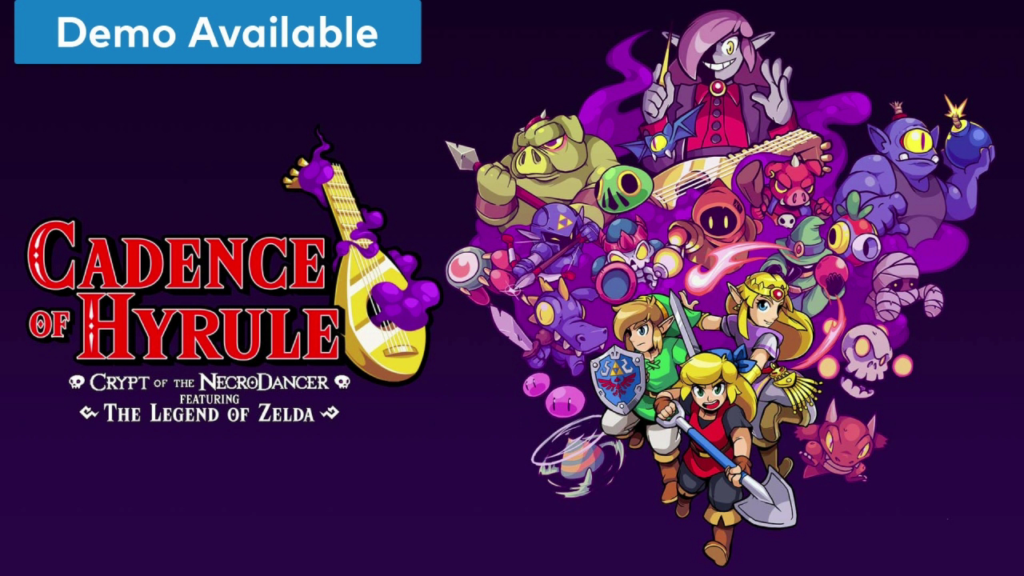
Cadence of Hyrule: Crypt of the NecroDancer featuring the Legend of Zelda
Brace Yourself Games/Nintendo
$24.99 USD
It’s frankly unfair that Cadence of Hyrule is on this list. Not only is it published by Nintendo, it’s an officially licensed Zelda spinoff. But it is also from Brace Yourself Games, the independent studio behind Crypt of the NecroDancer, and therefore it qualifies.
Cadence of Hyrule finds the protagonist from Crypt of the NecroDancer, Cadence, entering Hyrule where the NecroDancer’s curse has poured forth from his Crypt, filling the kingdom with an uncontrollable urge to dance. Players choose to play as either Cadence, Link, or Zelda, and set out to free Hyrule from its latest threat.
If you’ve ever played A Link to the Past, Link’s Awakening, or The Minish Cap, then Cadence of Hyrule will feel familiar: You explore Hyrule, uncovering equipment and heart pieces that provide the player character with new abilities, conquering all the dungeons in the land on the way to the final showdown with the villain in their protected base. This conceit is given a fresh twist with the combat system from Crypt of the NecroDancer: Players move through the grid-based environment and strike at foes to the beat of the music, dance-battling in time with electronic remixes of music from across the Zelda series’ history.
Crypt of the NecroDancer is a fascinating but infamously difficult dungeon crawler, but Cadence of Hyrule applies Nintendo’s famous accessibility to make a more forgiving and engrossing experience. It’s an unlikely fusion bringing together elements of classic Legend of Zelda, RPG dungeon crawling, and the rhythm-music genre, and all the more unmissable for how well it pulls that off.
Ready my full Cadence of Hyrule review here.
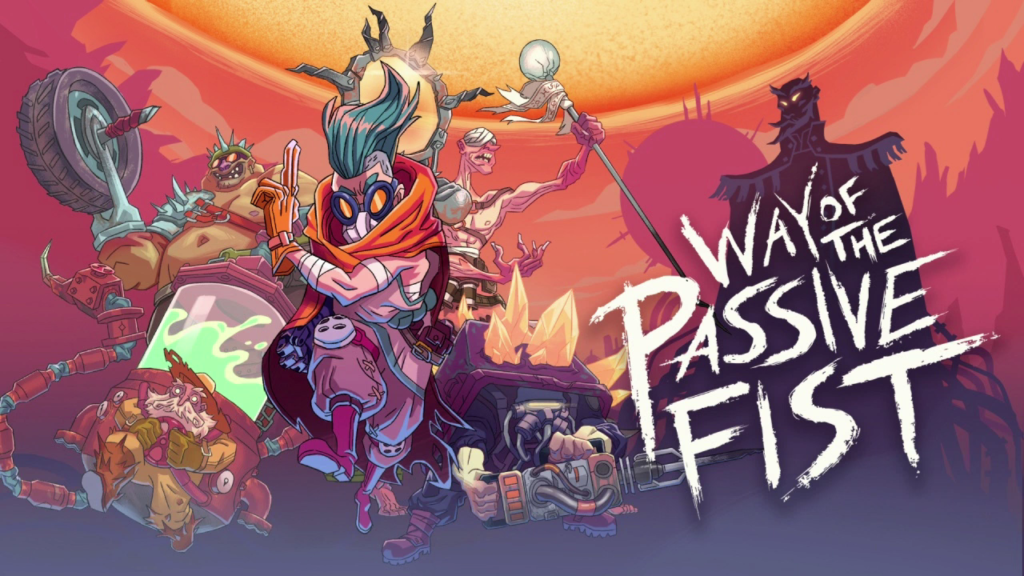
Way of the Passive Fist
Household Games
$14.99 USD
Way of the Passive Fist is a beat ‘em up where the protagonist doesn’t beat anyone up. The structure is familiar: The protagonist trudges from the left side of a level to its right side, stopping only to fight off waves of enemies that appear to challenge them. When they reach the level’s end they fight a boss with a huge hit point pool and a unique moveset. This design once served comic book and cartoon heroes well in arcades but has grown quaint. Way of the Passive Fist builds on this structure but rejects the punches and kicks which typify its inspirations, instead featuring a protagonist who wears down their opponent’s energy with blocks and dodges then defeats them with a single decisive strike.
The player character is The Wanderer, a stoic warrior eking out an existence on the desert world Zircon V. They are a master of the Way of the Passive Fist, a fighting style that allows “with patience and a steady hand” to “endure any attack and outlast any foe.” Encountering a bandit camp one day, The Wanderer defeats them but recognizes in the bandit leader’s cyborg augmentations a connection to their own past. Setting out into the desert, The Wanderer challenges an army bare-handed to save their miserable world from an old foe.
The Wanderer’s journey is brief but challenging, punishing button mashing and rewarding concentration and precision. Enemy attacks are telegraphed by audio and visual cues indicating which of The Wanderer’s two defensive moves must be used to deflect them. Individual opponent types stick to rigid patterns but take turns with others onscreen, creating a Zen-like rhythm-combat system. When The Wanderer parries an opponent long enough to deplete their stamina, they can be defeated with a single blow. But the closer The Wanderer gets to their goal, the larger and more diverse enemy groups become…
Mashing up elements of classic beat ‘em up action videogames with wuxia combat and themes in a desertpunk setting, Way of the Passive Fist is simultaneously a challenging throwback and a refreshing new take on side-scrolling punchfests.
Read my full Way of the Passive Fist review here.
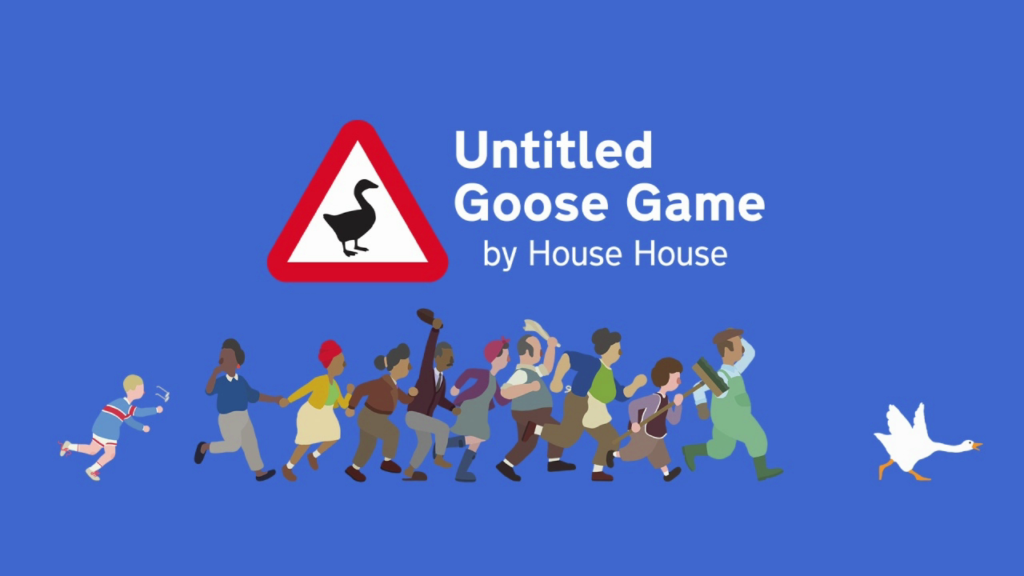
Untitled Goose Game
House House/Panic
$19.99 USD
2019 saw releases of a Resident Evil 2 remake, a new FromSoftware Souls title, the much-hyped new project from Hideo Kojima, and the first entries in the Fire Emblem and Pokémon series with high definition graphics, and yet one of the most talked-about videogames of the year was about being a horrible goose who torments innocent people going about their day.
As Untitled Goose Game opens, the Goose sticks its head out from a thicket. It lives in a park, on the other side of a pond from a small English village. It’s a nice enough home; there’s a bush to sleep in, and a pit filled with bells for some reason. The player is introduced to the all-important goose abilities: Honking, grabbing things with the Goose’s bill, and wing-flapping. Armed with these fearsome powers, the Goose sets out across the pond and into the town. Once there, a checklist appears. How does a goose have a checklist? Quit asking questions, you’re a goose. The checklist shows all the horrible things the Goose will do to the villagers on this day.
And that’s the extent of the Untitled Goose Game: Be a goose and make people’s lives miserable. Turn off a gardener’s hose while he tries to water his plants. Terrorize a timid boy until he seals himself inside a telephone box. Steal a man’s slippers and force him to walk into his fountain to retrieve them. Snatch a stool out from under a senior just as he tries to sit on it. And dozens upon dozens of other petty, mean things done for no other reason than you are a petty, mean goose.
One of the highlights of 2019 overall, Untitled Goose Game brings a refreshingly gentle streak of meanness to videogames which are so often marked by gratuitous violence and malicious discrimination. Nobody dies in Untitled Goose Game. Instead they are inconvenienced by the Goose, an avatar of mischief who has chosen this unremarkable village as its target, and nothing will keep it from its goals.
Anyone who owns a Switch owes it to themselves to experience the Goose’s day in the village in the Untitled Goose Game, an instant classic and all-time great.
Read my full review of Untitled Goose Game here.
The Nintendo Switch is a great place to play independently-developed videogames; they generally require less powerful hardware to run, and the Switch’s portable nature makes it ideal for experiencing them anywhere without sacrificing a traditional controller setup. There are dozens of great Indie titles released every year for the platform, and doubtless more in years to come. These are the five I’ve chosen this year, and next year I will highlight five more. I can’t wait to see what they will be.
Honorable Mentions: Assault Android Cactus Plus, Tangledeep, Trine 4: The Nightmare Prince, Timespinner, Cuphead, Wargroove, What Remains of Edith Finch